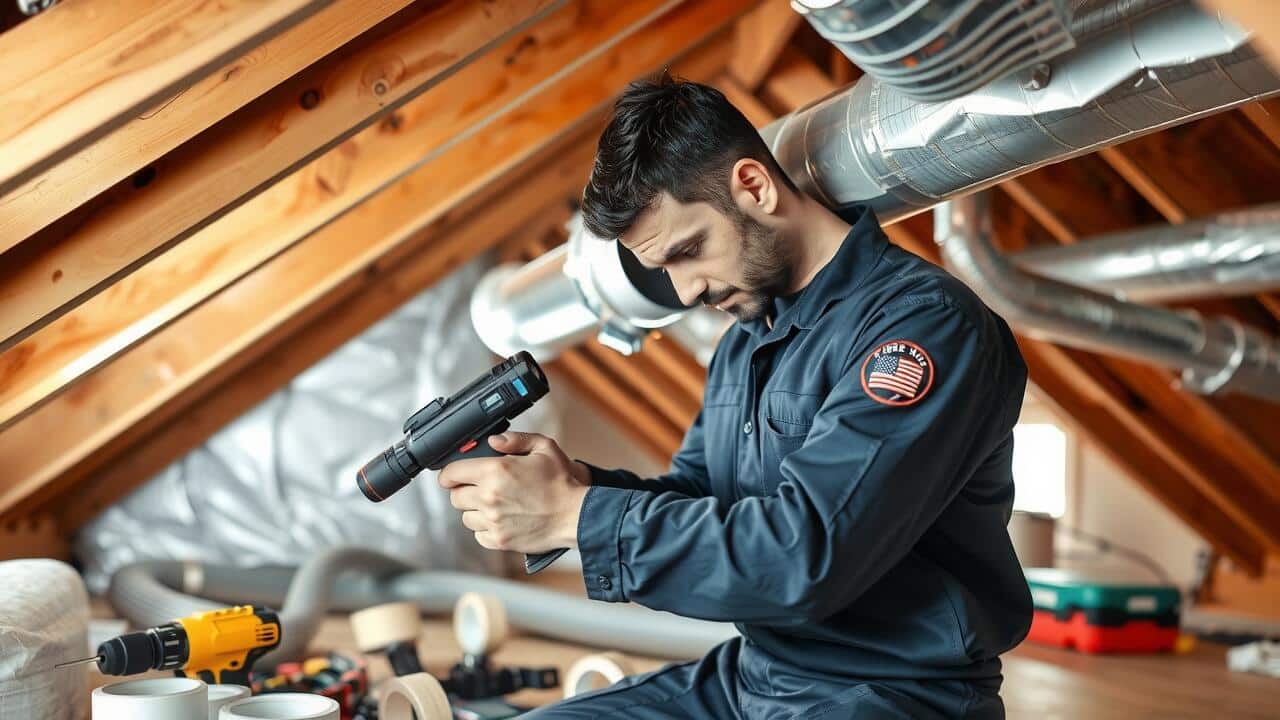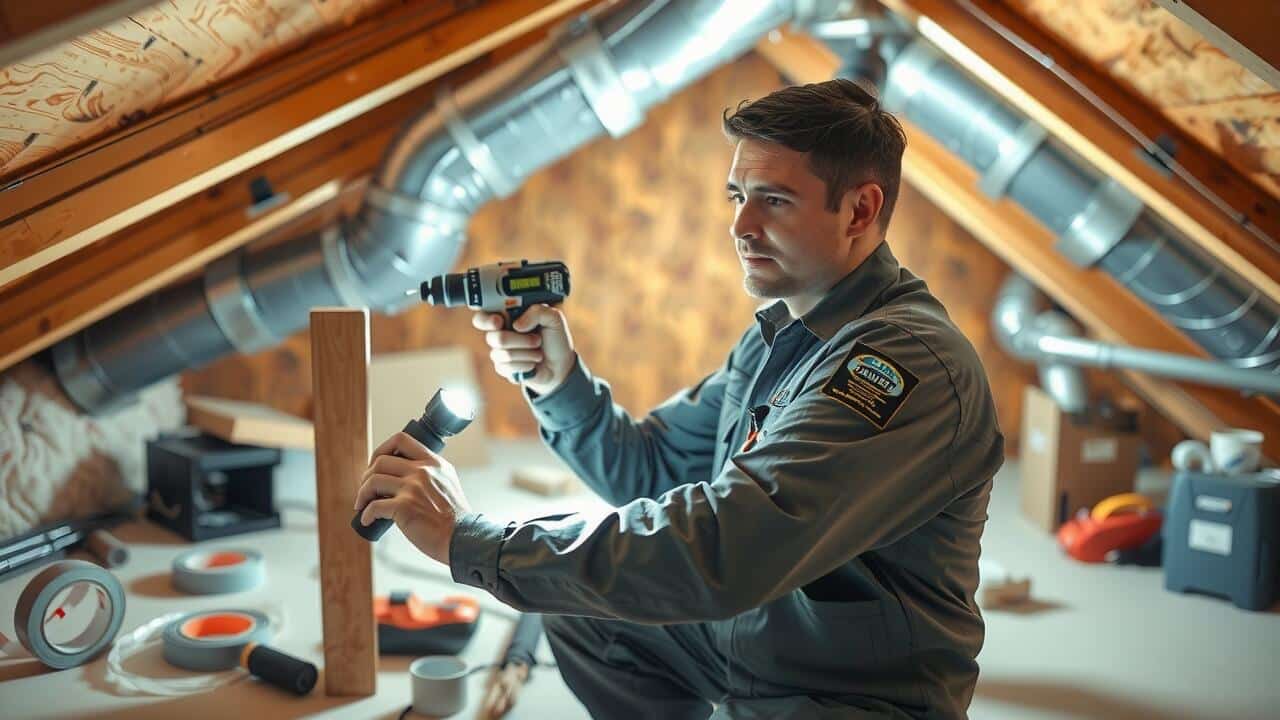
Table Of Contents
How to File a Claim for Ductwork Damage
Filing a claim for ductwork damage begins with gathering detailed information about the incident. Document the extent of the damage through photographs and written descriptions. This evidence will be essential when communicating with your insurance company. Next, reach out to your insurer to report the damage. Be prepared to provide your policy number and answer any questions they may have regarding the incident.
Once the initial claim is filed, an adjuster may be assigned to assess the situation. They will review the evidence and determine if the damage falls under your coverage. It is important to understand how your policy treats air duct repair and whether any exclusions apply. Following up with the adjuster can help clarify the next steps in the process, ensuring you receive the necessary support for repairs.
Steps to Take When Reporting Damage
When you discover damage to your ductwork, prompt action is essential. Start by documenting the extent of the damage with detailed photographs and notes. This will serve as key evidence when you file a claim. Contact your homeowners insurance provider as soon as possible. They can guide you through the specific claims process and inform you of what documentation will be required.
After initiating the claim, consider seeking professional advice for Air Duct Repair. Qualified technicians can assess the damage and provide estimates for necessary repairs. Having a professional evaluation can support your claim and help ensure that all issues are addressed. Keeping thorough records of all communications and repair estimates helps streamline the claims process with your insurer.
Importance of Regular Inspections
Regular inspections of your ductwork play a significant role in maintaining the efficiency and effectiveness of your HVAC system. Over time, dust, allergens, and other contaminants can accumulate in the ducts, leading to poor air quality and reduced airflow. By scheduling routine checks, homeowners can identify potential issues early, such as leaks or blockages that may necessitate air duct repair. Addressing these problems promptly can prevent more extensive damage and costly repairs down the road.
Additionally, inspections can reveal the overall condition of the ductwork and whether it meets current safety and efficiency standards. An aging system may require updates or replacements to keep it functioning optimally. Regular maintenance not only enhances indoor air quality but also extends the lifespan of your HVAC system. Understanding the state of your ductwork ensures you can take proactive steps, including air duct repair when necessary, thus maintaining a comfortable living environment.
Benefits of Maintaining Your Ductwork
Regular maintenance of your ductwork enhances its efficiency and longevity. Over time, dust, debris, and allergens can accumulate in air ducts, leading to reduced air quality and increased energy costs. By scheduling routine cleanings and inspections, homeowners can identify issues before they escalate, saving money in the long run. This proactive approach not only keeps the system running smoothly but also ensures that indoor air remains clean and healthy.
Investing in Air Duct Repair when issues arise can contribute significantly to the overall comfort of your home. Damaged or leaking ducts can cause significant airflow problems, making it difficult to maintain comfortable temperatures throughout the space. Timely attention to these repairs prevents further complications and promotes an energy-efficient environment, ultimately benefiting both the homeowner and the HVAC system. Regular checks minimize the chances of costly repairs and help maintain an optimal living condition.
Understanding Your Policy’s Fine Print
Understanding the fine print of your homeowners insurance policy is crucial, especially when it comes to specific coverages like ductwork. Many policies outline the extent of coverage for air duct repair, specifying what types of damage are eligible for claims. It’s not uncommon for limitations to exist based on the cause of the damage, such as whether it is due to wear and tear or sudden events like a storm. Carefully reviewing these details can help homeowners avoid surprises during the claim process.
Key terms in your policy will provide insight into coverage levels for air duct repair. Look for clauses that define excluded perils or conditions that may void claims. Terms such as “wear and tear,” “maintenance issues,” and “catastrophic damage” can significantly affect how claims are processed. By familiarizing yourself with these terms, you can better prepare for potential repairs and understand what to expect from your insurance in case ductwork issues arise.
Key Terms to Look for Regarding Ductwork
When reviewing your homeowners insurance policy, it’s essential to understand the specific terms related to ductwork. Look for phrases that mention “air duct repair,” as these will clarify whether your policy covers damages to duct systems. Other relevant terms include “structural damage” and “equipment breakdown,” which can provide insight into how your coverage applies to ductwork in different scenarios.
Exclusions will also play a significant role in determining what is or isn’t covered. Pay attention to sections that address wear and tear, as many policies do not cover damage caused by lack of maintenance. Understanding these key terms will help ensure you are well-informed about your rights and responsibilities, especially when it comes to air duct repair and related claims.
FAQS
Does homeowners insurance typically cover ductwork damage?
Homeowners insurance may cover ductwork damage, but it largely depends on the cause of the damage and the specific terms of your policy. It’s essential to review your policy details to understand your coverage.
What types of damage to ductwork are generally covered by homeowners insurance?
Damage caused by covered perils such as fire, vandalism, or certain weather events may be covered. However, damage due to wear and tear or lack of maintenance is typically not covered.
How can I file a claim for ductwork damage?
To file a claim, contact your insurance provider to report the damage. They will guide you through the process, which usually involves documentation of the damage and possibly an inspection.
What steps should I take when reporting ductwork damage?
Start by documenting the damage with photos, gather any relevant receipts or records related to maintenance, and report the issue to your insurer as soon as possible.
Why are regular inspections of ductwork important?
Regular inspections can help identify potential issues before they become significant problems, ultimately saving you money and ensuring efficient heating and cooling in your home.

